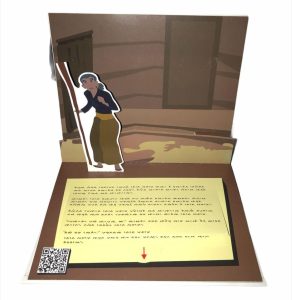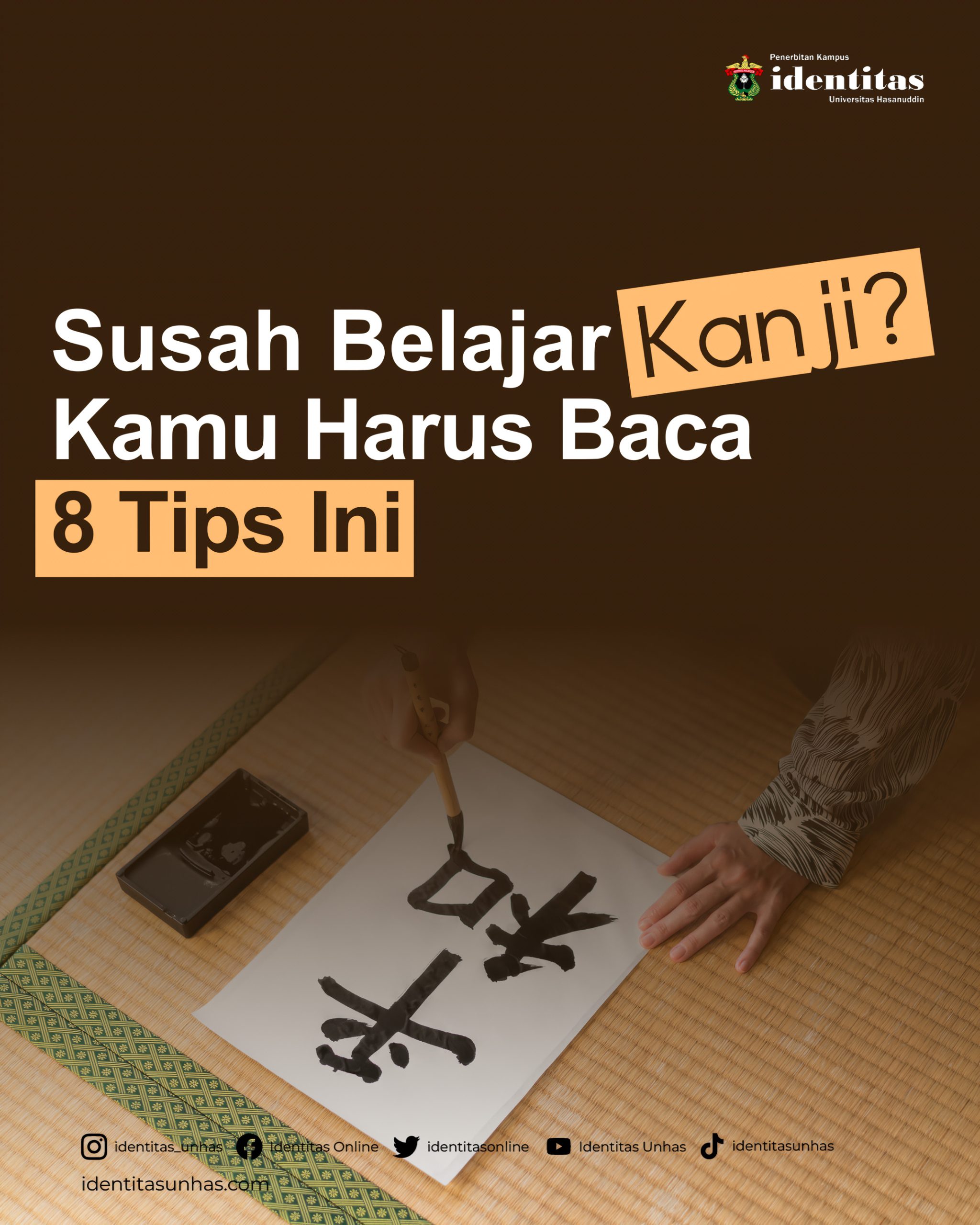There are 718 languages in Indonesia, as determined by the Language Development and Development Agency’s mapping efforts. Almost 90% of these are in eastern Indonesia: 428 in Papua, 80 in Maluku, 72 in East Nusa Tenggara, and 62 in Sulawesi.
The diversity of the language is a major problem for this country. Academic stress is in risk. According to the Ministry of Education and Culture’s language agency, there are 12 languages in decline, 24 languages in stable condition but at risk of extinction, and 21 languages with a safe status.
Not only are languages endangered with extinction, but so are scripts. Disappeared due to a decline in the number of speakers, although digital preservation efforts are also minimal. The lontarak script must be regarded as one of the required characters.
In response, three students from the Faculty of Economics and Business, namely Nurfadillah, Hamzah Haz, and Putri Firsati Ronia, along with a student from the Faculty of Engineering, Rahmat Maulana Nur, and a student from the Faculty of Cultural Sciences, Firmansyah, along with his assistant lecturer, Shinta Dewi Sugiharti Tikson, S E M Mgt, were inspired to create conservation Lontara script. In SDN 191 Inpres Paku, a QR Code-based Lontara Pop-Up Story Book is used as a learning tool for students.
The Team Leader, Nurfadillah, noted that the Pop Up Story Book production process was rather lengthy. The determination of which narrative will be adopted. The narrative is translated into Bugis-Makasarese and then written using the Lontarak script.
Then, create a Pop Up Story Book, including the book’s layout and design as well as character drawings, and have it printed by a third party. They use a budget of 8 million rupiah to carry out this Community Service Students Creativity Program (PKM).

The characteristic that separates this innovation from others is that it takes the shape of a website-connected tale written in lontarak script. Combining it with technology is not a barrier since youngsters already have cell phones and are used to learning to use electronic devices.
The student, who is frequently referred to as Dilla, asserts that this invention facilitates the study of the Bugis script. There were three techniques for measuring the monitoring: direct monitoring, monitoring through teachers, and monitoring via parents
This Bugis script learning material is available in two formats: physical books and digital scans with QR-code-accessible websites.
Students are interested in learning the lontarak script because the Pop Up Story Book is aesthetically pleasing and contains three-dimensional illustrations. Then, students must use a smartphone to scan the QR Code using a digital scan.

“This QR Code is included in the Pop Up Story Book and will connect students to the internet page,” said Firman on Tuesday (02/11/2021).
The website includes folklore, lontarak letters, and scripts, as well as text and sound that are translations of the Bugis script found in a tangible Pop Up Story Book.
Nenek Pakande’s narrative is the folklore that is being transmitted. The tale recounts a spectral grandma who is often a menace to the Bugis village in Soppeng, South Sulawesi.
The legend about a grandma who enjoys preying on infants and young children. Nenek Pakande was selected because she described her children’s resourcefulness, bravery, and obedience to their parents. It is deemed suitable for the pupils who are the intended recipients of the learning approach.
This invention was implemented by SDN 91 Inpres Paku when they were providing service. Up to this point, the website has performed as intended, making it simpler for partners to understand the lontarak script.
In line with the PKM-PM team’s sustainability model, we intend in the future establish a community of lontarak script enthusiasts who are prepared to continue our work with partners.
Firman stated, “It is hoped that this discovery would be handled as effectively as possible by partners and serve as a catalyst for the introduction of further preservation advances for the lontarak script.”
Original Writers: Alya Nur Azzahra, Ivana Febrianty
Translator: Corvi Dipda S.


